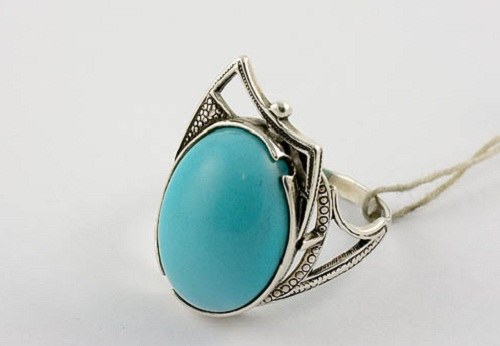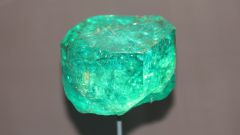You will need
- - wet wipes;
- - a cotton ball;
- - rubbing alcohol;
- - matches;
- - needle;
- microscope.
Instruction
1
Take a damp cloth and swipe the surface of the stone. If the material is colored, then before you fake. But note that this method is unreliable - dye can be quite stable. Can also try to moisten a cotton swab in rubbing alcohol and wipe the turquoise. On the stone stains remain, and the wool will be painted in a distinctive color.
2
Hold the turquoise over the burning match. If the stone began to blacken and melt, there was an unpleasant smell of plastic, be sure that before you fake. It is advisable to carry out actions with such verification leads to damage to the stone. It should also be noted that the smell of burnt hair characteristic of turquoise, made of fossilized animal bones.
3
Glow a needle and touch the turquoise. The real stone after this treatment will change the color on the surface will be small drops of wax or resin.
4
Swipe across the surface of the turquoise with a needle. If the object is erased, and the stone is not scratched, then in front of you is imitation, which is made of chalcedony, faience or glass. They have a hardness greater than 5.5 on the Mos, which is not typical for this turquoise. The appearance of white scratches and a spiral chip indicates that it is a fake from synthetic materials.
5
Look carefully at the turquoise under the microscope. This stone is a porous surface. If you notice bubbles and cracks, before you an imitation of glass. Also, pay attention to the color of the inclusions. If they are dark, it may be magnesite, dyed by the copper salts.
6
If you are going to buy a necklace or bracelet of turquoise, pay special attention to the hole for threads. The inner part of the beads should not be lighter or darker than the main color. If so, you are holding a fake painted from synthetic materials.

